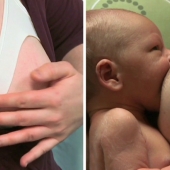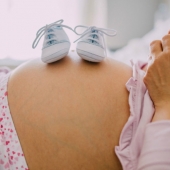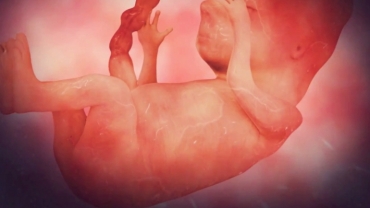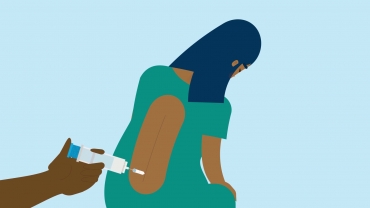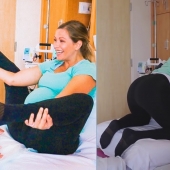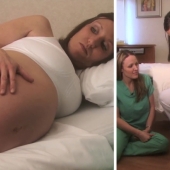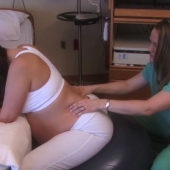In this video we'll describe various techniques using slings in first stage labor to support fetal position change. The creators of this video would like to acknowledge that while the majority of the documents referenced in this video are North American printed literature; we understand and respect that the knowledge about birth positions and slings, while not well-referenced or documented, is rooted in Indigenous cultures from Turtle Island and beyond.
Side-lying with upper leg supported in a sling:
• This position uses gravity and weight of baby's back to rotate from OPto OT.
Sitting and leaning forward:
• Enhance fetal rotation and help maintain OA:
- Gravity advantage
- Fetal-pelvis alignment.
- Enlargament of pelvic inlet.
- Pressure off coccyx and sacrum.
Kneeling leaning forward:
• Kneeling enlarges the pelvic inlet more than side lying or sitting.
• Forward leading positions enhance fetal rotation and helps maintain OA.
Supported stand - leaning forward:
• Standing position
- uses gravity to apply the presenting part to the cervix,
- contractions less painful
- promotes a flexion of fetal head.
• Forward leaning positions enhance fetal rotat,on and help maintain OA.
Supported half squat:
• Elongates client's trunk which may help resolve asynclitism.
• Relaxed pelvis allows for more mobility.
• Allow fetal head to mould the pelvis.
- 364 views

